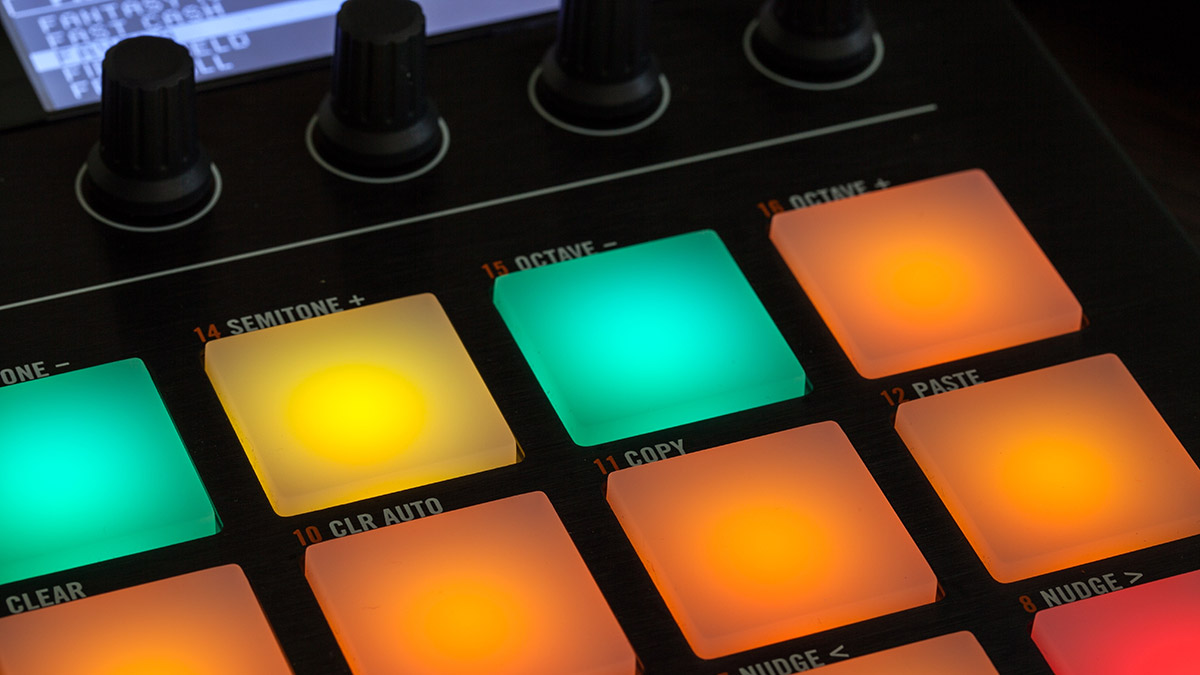7 Ways To Get Creative With Your Samples

Many of us across many different genres use samples in every track we make. There are vast sample libraries out there that we can use, but despite the range of sounds available to us, there are good reasons for manipulating the samples you use.
Firstly, you might not always find the perfect sample for your song – so you need to know how you can take a sample that isn't a great fit and turn it into something that fits seamlessly.
Secondly, if you manipulate a sample you will know that it is no longer exactly the same as the original – which could obviously feature in any number of tracks by different artists. In this article, we detail seven creative ways you can get creative with your samples.
1. Use A Sampler
Rather than just pulling samples straight up in your DAW, why not try loading them into a sampler. This could be a third-party plugin like NI's Kontakt or one that comes with your DAW, such as the Ableton Sampler. You will now quickly be able to manipulate your sample in any number of interesting ways – you can alter the ADSR envelope, spread it across a midi keyboard at different pitches, change start and end times or add onboard FX.
2. Reverse
You could reverse your sample in a sampler, or you could just process it directly in your DAW. Reversed drum hits sound great leading up to a chorus. You can try reversing an entire percussion loop for an interesting rhythmical texture, or experiment with synths playing first forwards then backward.
3. Rearrange
Don't be content with just keeping your loops as you find them. Drum loops can be endlessly chopped up and rearranged so that they better fit your groove, melodic loops can be rearranged, and different sections can be pitched up and down so that they fit your chord sequence. Make sure your samples lock in with one another both rhythmically and melodically. If they don't – rearrange them.
4. Resample
You can take a sample further and further from its original sound through resampling, turning it into something completely new.
Try processing your sample through different plugins; distortion, modulation, delay. Once you have processed it, resample it and process it again – and again! Who knows where you will end up.
5. Create New Loops
Experiment with chopping new loops out of your old loops – it can completely change the feel of the sample, turning it into something new. For example - if you have a 4 bar loop, why not try chopping out a two-bar section that starts at beat 3? Now treat the original beat three as your new beat 1 – how does it sound?
6. Chop Up Vocals
Vocal manipulation has been popular since sampling was invented. Chop a vocal up, rearrange it, pitch shift elements of it – turn it into something that is truly your own.
By the time you are finished, it might have a completely different melody to the one you started with.
7. Layer Drums
Perhaps you have found a drum beat that you really like the rhythm of. Well, you can keep the rhythm intact but alter the sound of the loop very easily.
Try filtering the original to minimize the kick and snare sound, and layer new kick and snare sounds over the top. This way, you can completely change the character of a loop – and you can really beef it up in the process too!



Comments:
Login to comment on this post